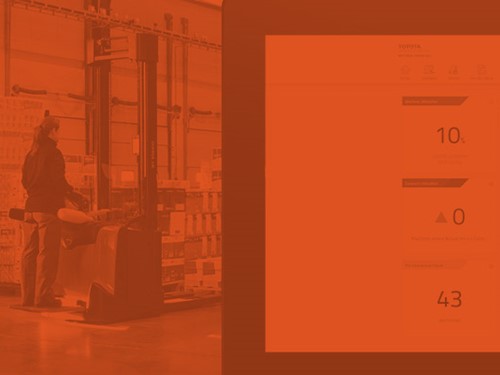
Forklift Safety

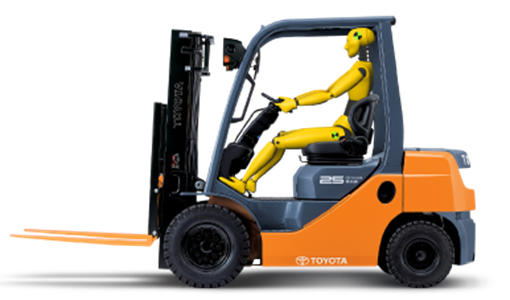
Toyota Material Handling is a technology leader in forklift safety, with its leading edge System of Active Stability control (SAS) as standard equipment on selected 8-Series internal combustion and battery electric models.*
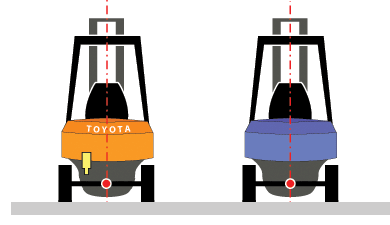
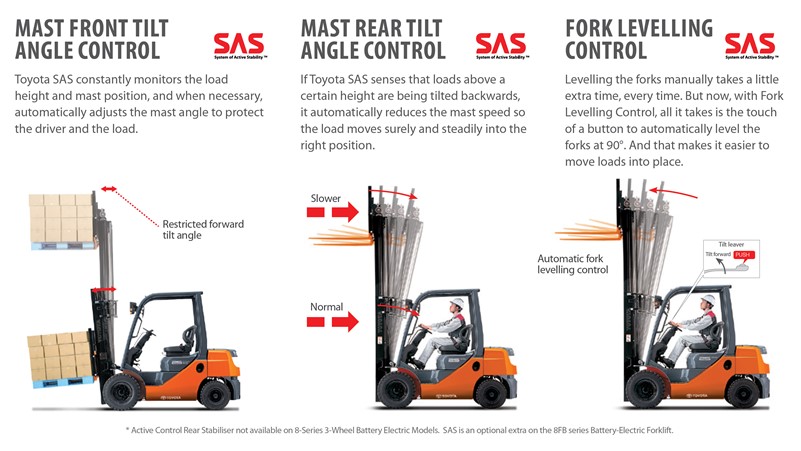
50 Reported Fatalities Involving Forklift Trucks - 1 Jan 1985 to 30 June 2003
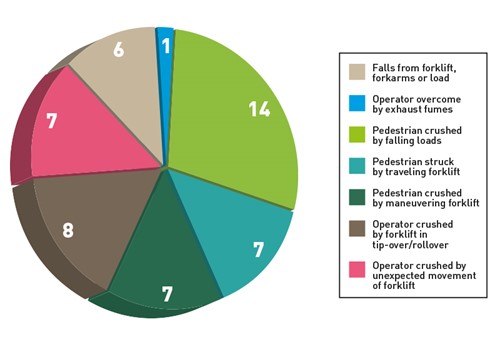
* Source: WorkCover Victoria website (www.workcover.vic.gov.au)
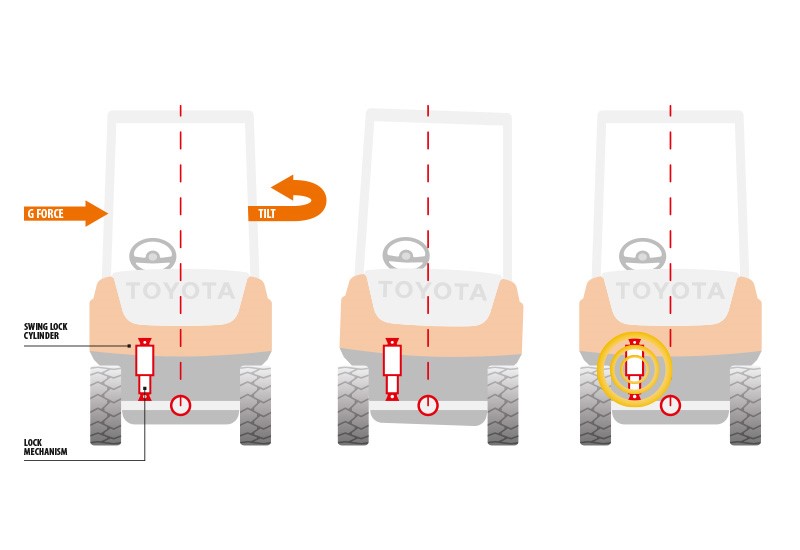 It is obvious that safety has been a prominent theme throughout the evolution of the forklift. With Toyota, the importance of safety can be seen in the providing of an overhead guard as standard in the '70's, the introduction of the Wide Visible Mast in the '80's, and the introduction of the Operator Restraint Seat (ORS) from the start of 1998. In November 1998, Toyota again revolutionised the concept of forklift safety and productivity with the release of its 7-Series range of forklifts, and their world's first feature of "System of Active Stability" (SAS).
It is obvious that safety has been a prominent theme throughout the evolution of the forklift. With Toyota, the importance of safety can be seen in the providing of an overhead guard as standard in the '70's, the introduction of the Wide Visible Mast in the '80's, and the introduction of the Operator Restraint Seat (ORS) from the start of 1998. In November 1998, Toyota again revolutionised the concept of forklift safety and productivity with the release of its 7-Series range of forklifts, and their world's first feature of "System of Active Stability" (SAS).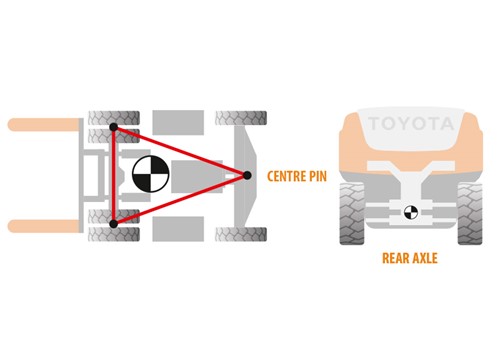
*SAS is an optional extra on the 8FB Series battery-electric forklifts. # Active Control Rear Stabiliser isn't available on the 7-Series 3 wheel battery-electric forklifts.
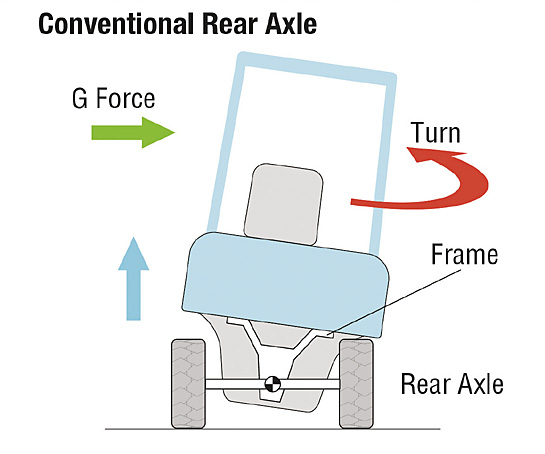
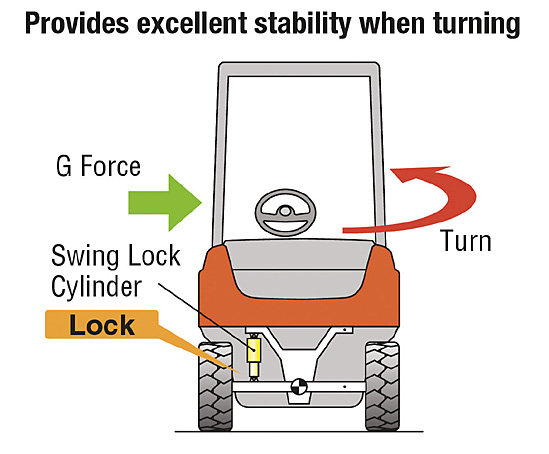
These innovative features, however, in no way override the value of sensible employees, professional training and strict adherence to safety regulations and to the forklift manufacturer's instructions. However, they certainly provide you with more ways to create a safer work environment.